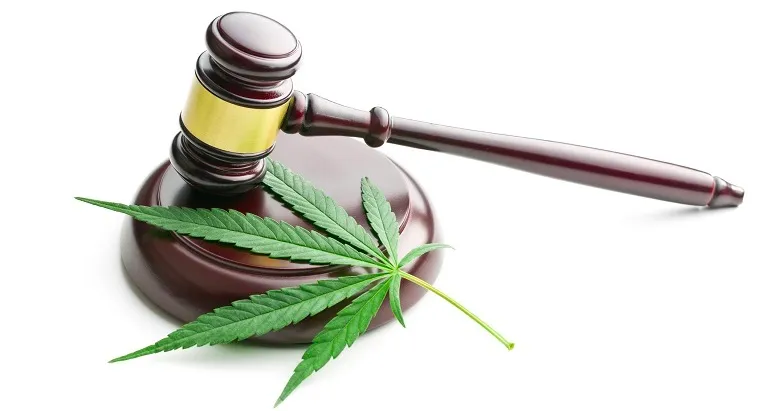
As we have seen, the uses of hemp are manifold and we have not yet reached the end of all the available.
But then, why has it been 'restricted' from cultivation?
Well, you may think that the answer is simple: it's a narcotic
It might be, but it is not the real reason for the banning of hemp!
Not convinced?
Now I will prove it to you, follow me in a brief summary of some of the points made in my previous articles:
Fibres
With fibres, we have seen that they can range from plaster netting to sheets, clothing and paper.
Objectively, as a yarn it is rather coarse, but with appropriate processing it is possible to obtain garments of a quality very similar to cotton.
It should be noted that the processing costs and environmental impact are lower than those of cotton.
Come abbiamo visto, gli utilizzi della canapa sono molteplici e non siamo ancora arrivati al termine di tutti quelli possibili.
Ma allora, per quale motivo è stata “bandita” dalla coltivazione?
Beh, la risposta è semplice: è uno stupefacente, che domande…
Potrebbe essere, ma non è il reale motivo della messa al bando della canapa!
Non siete convinti?
Ora ve lo dimostro, seguitemi in un breve riassunto di alcuni punti analizzati nei miei precedenti articoli:
Le fibre
Con le fibre, abbiamo visto che si può spaziare dalla rete porta intonaco fino alle lenzuola, agli indumenti e la carta.
Oggettivamente come filato è piuttosto grezzo, ma con opportune lavorazioni si possono ottenere capi d’abbigliamento di qualità molto simile al cotone.
Da notare che le lavorazioni, sono sia a livello di costo che di impatto ambientale, inferiori a quelle del cotone.
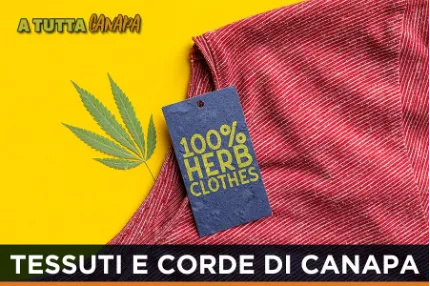
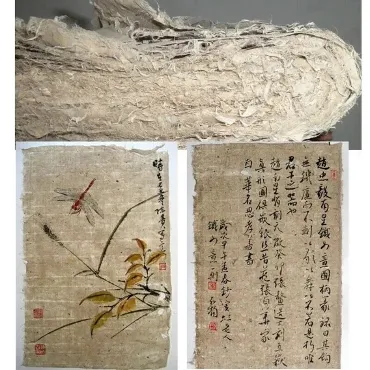
Canopulo (the woody part covered by the stem fibres)
An insulating material for buildings, with its extraordinary ability to balance the moisture content of rooms, a perfect microclimate and healthiness is achieved without comparison with traditional methods.
Il Canopulo (la parte legnosa coperta dalle fibre dello stelo)
Materiale coibentante per l’edilizia, con la sua straordinaria capacità di equilibrare il tenore di umidità degli ambienti, si ottiene un microclima perfetto e una salubrità senza paragoni alla metodologia tradizionale.
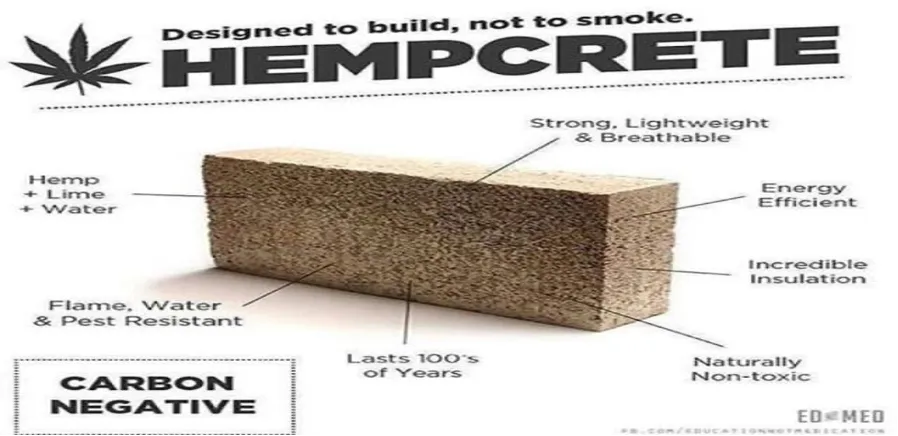
Seeds and leaves
From the apical part of the plant, as we have seen, we obtain products for medicinal and nutritional purposes.
The seeds are used to make flour and the leaves are used to distil water and oil.
Semi e foglie
Dalla parte apicale della pianta, come abbiamo visto, si ottengono prodotti a scopo medicale e nutrizionale.
Dai semi si ottiene la farina, mentre dalle foglie, per distillazione, si ottiene l’acqua e l’olio.
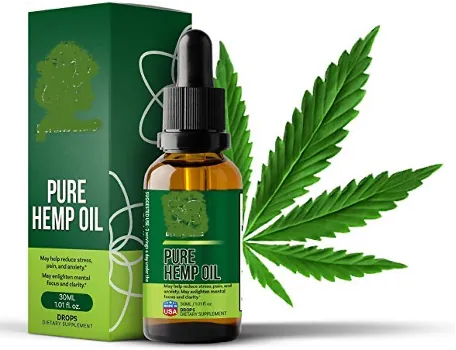
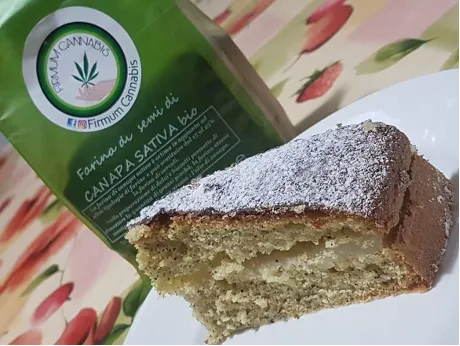
From this brief recap it emerges that the uses of the plant itself are many, but they are not the only ones: let's say they are the most known and sought after.
As I wrote in an article, Chinese medicine has recorded uses of hemp as early as 2700 B.C. and only some 2300 years later, the West did learn about it for recreational purposes, with Herodotus.
The hemp used was Indian hemp, known as Cannabis Indica, and it was only towards the end of the 19th century, thanks to Dr Valieri, that 'native' Italian hemp (Cannabis Sativa) was also widely used. The differences are not substantial, consisting only in the different amounts of the active ingredients Tetrahydrocannabinol (THC) and Cannabidiol (CBD).
Another point in favor of hemp, primarily as a plant, is its ability to cleanse the soil of heavy metals. In order to grow, hemp does not need any type of herbicide or special watering conditions.
From these characteristics, it follows that production costs are decidedly low and the environmental impact (with an eye to the bees!) is very low.
Obviously, the plants that are used for soil remediation will not be destined for the pharmaceutical industry but for the construction industry.
That's not all.
From the fermentation of the seeds, again by distillation, we can obtain bio-ethanol, or hemp ethanol.
As I wrote earlier, hemp is also used to make paper but few, if any, people have ever mentioned it.
Hemp fibres, on the other hand, are used to make high quality paper: strong, it does not turn yellow, it can be reused up to 7 times and no acids or chlorine preparations are needed to make it white.
Hydrogen peroxide is enough to make it white! (this is due to the low lignin content).
I would also like to add the fact that it takes 20 years to make paper from wood pulp, whereas hemp takes just one year.
Needless to say, deforestation would take a huge hit!
The icing on the cake
We come to the ingenuity of a character that everyone knows, Henry Ford.
In 1931 Henry Ford gave his most reliable engineers a difficult task: to make a car entirely out of hemp.
The great thing was that he succeeded, this car was called the Hemp Body Car.
The car's chassis was clearly made of tubular steel, while the bodywork was made entirely of plastic from hemp and other seeds (soya, wheat, flax and ramie). With a thickness of 6mm, there is footage of Mr Ford taking a sledgehammer to the bodywork and not suffering any damage.
To round off the project, the fuel used for this vehicle was hemp ethanol, so it had zero environmental impact.
Da questo brevissimo riassunto emerge che gli utilizzi della pianta in sé sono molteplici, ma non sono gli unici: diciamo che sono quelli più conosciuti e ricercati.
Come ho scritto in un articolo, la medicina cinese ha rinvenimenti sull’utilizzo della canapa già dal 2700 a.C. e solo molto dopo, circa 2300 anni dopo l’occidente ne è venuto a conoscenza solo per fini ludici, con Erodoto.
La canapa utilizzata era quella indiana, detta Cannabis Indica, e solo verso la fine del XIX secolo, grazie al Dottor Valieri, è stato dato largo utilizzo anche alla canapa “autoctona” italiana (Cannabis Sativa). Le differenze non sono sostanziali, consistono solo nella diversa quantità dei principi attivi Tetraidrocannabinolo (THC) e Cannabidiolo (CBD).
Altro punto a favore della canapa, principalmente come pianta, è la capacità di bonificare il terreno dai metalli pesanti. Per crescere, la canapa, non ha necessità di alcun tipo di diserbante e particolari condizioni di irrigazione.
Da queste caratteristiche, ne deriva che i costi di produzione sono decisamente bassi e l’impatto ambientale (con un occhio di riguardo alle api!) è bassissimo.
Ovviamente le piante che sono utilizzate per la bonifica del terreno non saranno destinate all’industria farmaceutica ma quella edilizia.
Non è tutto.
Dalla fermentazione dei semi, sempre tramite distillazione, si può ricavare del bio etanolo, o etanolo di canapa.
Come ho scritto poco sopra, dalla canapa si ottiene anche la carta ma pochi o quasi nessuno ve ne ha mai parlato.
Invece, dalle fibre della canapa si ottiene una carta di ottima qualità: resistente, non ingiallisce, si può riutilizzare fino a 7 volte e per renderla bianca non occorrono acidi o preparati a base di cloro.
Per renderla bianca è sufficiente l’acqua ossigenata! (questo è dovuto al basso contenuto di lignina)
Aggiungo anche il fatto che per ottenere carta dalla cellulosa di legno, occorrono 20 anni, mentre per la canapa è sufficiente 1 anno solo.
Inutile dire che il disboscamento subirebbe un duro colpo!
La ciliegina sulla torta
Veniamo all’ingegno di un personaggio che tutti conoscono Henry Ford.
Nel 1931 Henry Ford diede ai suoi più affidabili ingegneri un compito difficile: realizzare una vettura interamente di canapa.
Il bello fu che ci riuscì, questa auto fu chiamata Hemp Body Car.
Il telaio della vettura era chiaramente in acciaio tubolare, mentre la carrozzeria fu realizzata interamente in plastica ottenuta dalla canapa e a altri semi (soja, grano, lino e ramiè). Dello spessore di 6mm, ci sono dei filmati che ritraggono Mr Ford che prende a colpi di mazza la carrozzeria e non subisce alcun danno.
Per completare il progetto, il combustibile utilizzato per questo veicolo era etanolo di canapa, quindi con impatto ambientale 0.

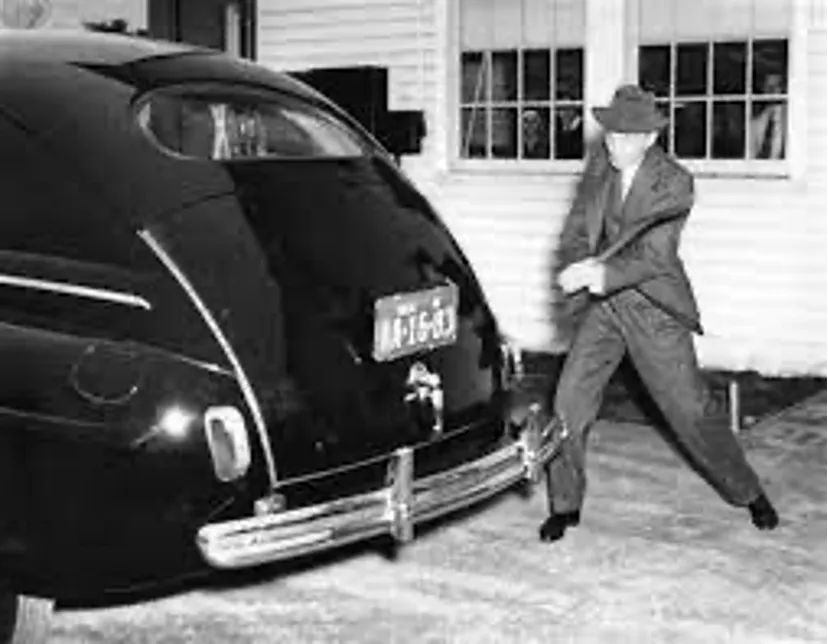
Prohibitionism
In conjunction with Ford's extraordinary invention, and the rather massive use of hemp paper, conflicts of interest began to arise.
All of them are oil interests, because all products are derived from oil.
Petrol is made by distilling oil;
Plastic is made from oil;
Some chemicals for bleaching paper are made from oil.
It is clear that touching oil interests is starting to become critical...
Coincidences...
At that time, two very important American companies, the publisher Hearst and the chemical company DuPont, felt 'threatened' by the characteristics of hemp paper.
In fact, Hearst produced newsprint from wood pulp; in order to bleach it, they used chemical solvents made by DuPont from petroleum.
The two companies joined forces in a press campaign that lasted for several years, in which hemp was cited as the cause of heinous crimes reported in the news at the time.
This "anti-hemp" campaign resulted in 1937 in a law prohibiting the cultivation of any type of hemp.
(source: https://it.wikipedia.org/wiki/Cannabis)
Proibizionismo
In concomitanza di questa straordinaria invenzione di Ford, e l’utilizzo piuttosto massivo della carta di canapa, inizano ad esserci dei conflitti di interessi.
Tutti interessi legati al petrolio, perché tutti i prodotti sono derivati del petrolio.
La benzina si ottiene dalla distillazione del petrolio;
La plastica si ottiene dal petrolio;
Alcuni prodotti chimici per lo sbiancamento della carta si ottengono dal petrolio.
Risulta evidente che toccare interessi legati al petrolio inizia a diventare critico…
Coincidenze…
In quel periodo, due importantissime aziende americane, l’editrice Hearst e la chimica DuPont, si sono sentite “minacciate” dalle caratteristiche della carta di canapa.
Infatti la Hearst producevano carta di giornale, mediante cellulosa di legno; per poterla sbiancare utilizzavano solventi chimici realizzati dalla DuPont ottenuti dal petrolio.
Le due aziende si coalizzarono in una campagna di stampa durata per diversi anni, dove la canapa veniva additata come causa di delitti efferati riportati sulla cronaca del tempo.
Questa campagna “anti-canapa”, sfociò, nel 1937, in una legge che proibiva la coltivazione di qualsiasi tipologia di canapa.
(fonte: https://it.wikipedia.org/wiki/Cannabis)

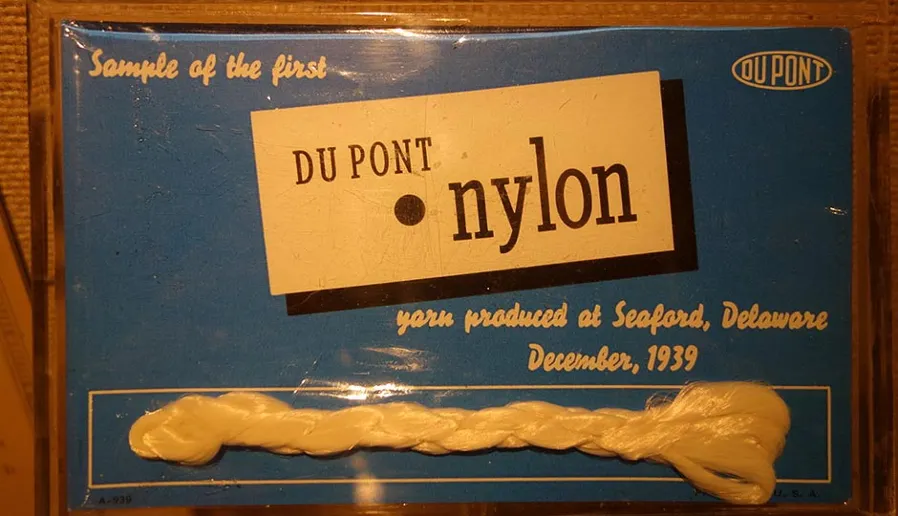
It is evident that for speculation and above all for personal profit, human beings are able to manipulate public opinion in such a way as to abandon what could be a viable and beneficial path for the community.
This is why I decided to write in this blog: to help everyone to have a broad view of whatever happens around them.
Keep following me, and if you have any comments you can write them in the comments, if you want to discuss topics and write about them on the blog, contact me privately!
Thanks @tipu
Risulta evidente che per speculazioni e soprattutto per il profitto personale, l’essere umano riesce a manipolare l’opinione pubblica in modo da abbandonare quella che potrebbe essere una via percorribile e che porta giovamento alla collettività.
Per questo motivo ho deciso di scrivere in questo blog: per aiutare chiunque ad avere una visione ampia di qualsiasi avvenimento gli succeda attorno.
Continuate a seguirmi, e se avete delle osservazioni potete scrivere nei commenti, se invece volete trattare degli argomenti e scrivere sul blog, contattatemi in privato!
